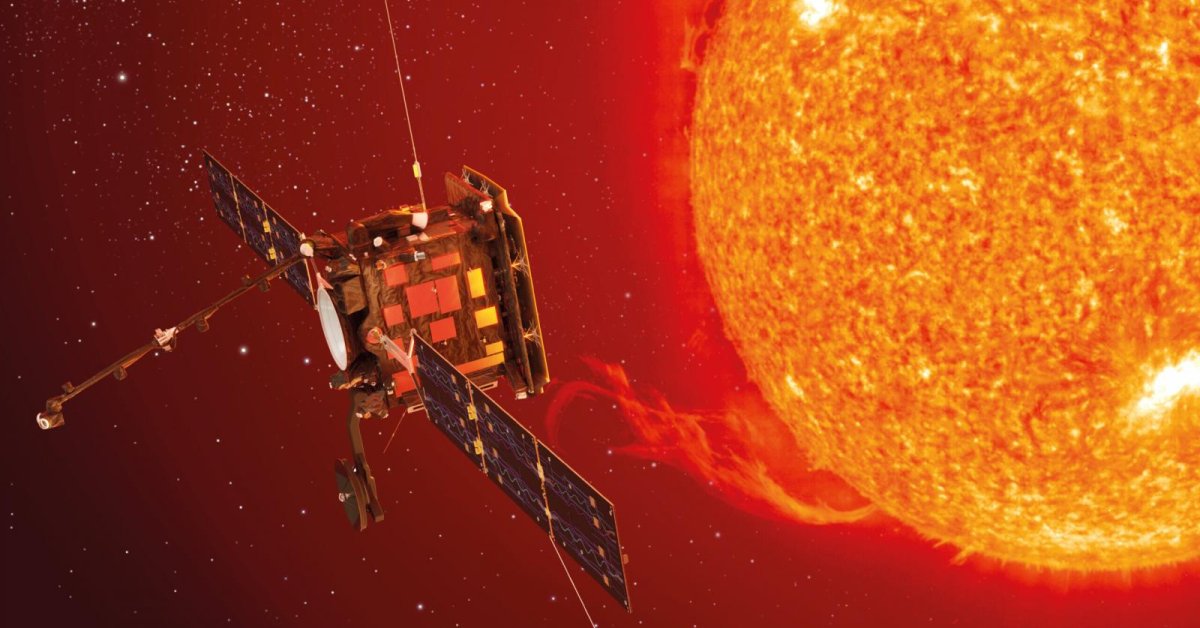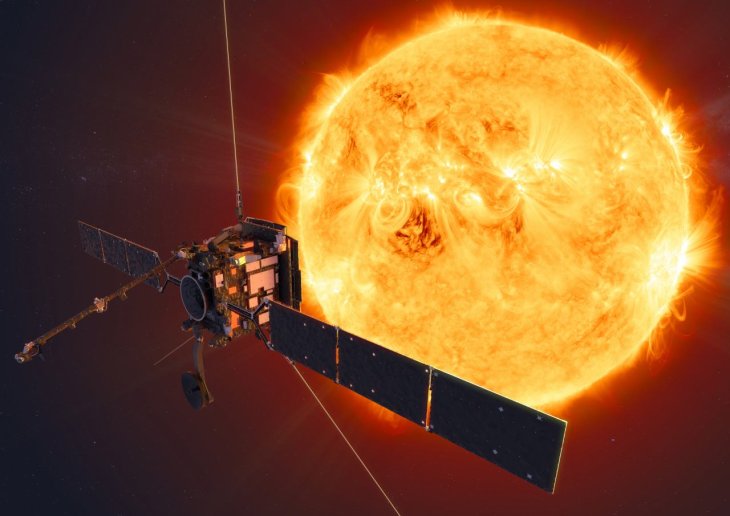NASA's Solar Orbiter Will Soon Tell Us How The Sun Controls Our Solar System
Dhir Acharya - Jun 16, 2020

The Solar Orbiter project has begun a new stage of the mission after its first close encounter with the Sun. It will test instruments and send back images.
- The First Space Hotel In The World Will Welcome 400 Guests
- Startup Builds Vehicle With Soviets Tech To Collect Space Garbage
- World's First Space Hotel To Begin Construction In 2025 With Rooms For 400 Guests
The Solar Orbiter project has begun a new, important stage of the mission after its first close encounter with the Sun. The project is conducted under a collaboration of NASA and the European Space Agency.
Earlier today, the orbiter completed the first close approach to the red star in this mission, in which it came to within 77 million kilometers of the Sun. This is a critical milestone for the Solar Orbiter project as the probe was launched in February and has transitioned from the commissioning to the cruise phase. Now, over the next five months, mission controllers will test the instruments onboard. After that, the orbiter will start the science phase.

The probe carries 10 different instruments, many of which complement each other. The probe will use its six cameras to provide us with unprecedented close-up views of the red star. The main goal of this mission is to expand our understanding of the Sun as well as how it produces and controls the dynamic environment in our solar system. ESA Solar Orbiter project scientists Daniel Müller said in a press release that:
“We have never taken pictures of the Sun from a closer distance than this. There have been higher resolution close-ups, e.g. taken by the four-meter Daniel K. Inouye Solar Telescope in Hawaii earlier this year. But from Earth, with the atmosphere between the telescope and the Sun, you can only see a small part of the solar spectrum that you can see from space.”

Compared with NASA’s Solar Dynamic Observatory (SDO), the Solar Orbiter is far closer to the Sun, 0.515 AU as opposed to an average of 1 AU. The mission’s deputy project scientists Yannis Zouganelis said:
“This is the first time that our in-situ [onboard] instruments operate at such a close distance from the Sun, providing us with a unique insight into the structure and composition of the solar wind. For the in-situ instruments, this is not just a test, we are expecting new and exciting results.”
Now, mission controllers will put the onboard tools through their paces to collect preliminary data on the corona, heliosphere, surface, magnetic field of the Sun as well as the particles in the solar wind. The scientists expect the first photos from the Solar Orbiter to have twice the resolution of those from SDO.
The Solar Orbiter will eventually achieve 0.28 AU or 42 million kilometer distance from the Sun, a bit closer than Mercury (0.31 AU). When the Solar Orbiter is nudged out of its present position, it will get to a higher orbital altitude and scan the Sun’s poles to give us the views of the red star’s elusive regions that impact its solar wind and magnetic field.
>>> There Isn't A Parallel Universe, NASA Didn't Find Anything Like That
Featured Stories

Features - Jul 01, 2025
What Are The Fastest Passenger Vehicles Ever Created?

Features - Jun 25, 2025
Japan Hydrogen Breakthrough: Scientists Crack the Clean Energy Code with...

ICT News - Jun 25, 2025
AI Intimidation Tactics: CEOs Turn Flawed Technology Into Employee Fear Machine

Review - Jun 25, 2025
Windows 11 Problems: Is Microsoft's "Best" OS Actually Getting Worse?

Features - Jun 22, 2025
Telegram Founder Pavel Durov Plans to Split $14 Billion Fortune Among 106 Children

ICT News - Jun 22, 2025
Neuralink Telepathy Chip Enables Quadriplegic Rob Greiner to Control Games with...

Features - Jun 21, 2025
This Over $100 Bottle Has Nothing But Fresh Air Inside

Features - Jun 18, 2025
Best Mobile VPN Apps for Gaming 2025: Complete Guide

Features - Jun 18, 2025
A Math Formula Tells Us How Long Everything Will Live

Features - Jun 16, 2025
Comments
Sort by Newest | Popular